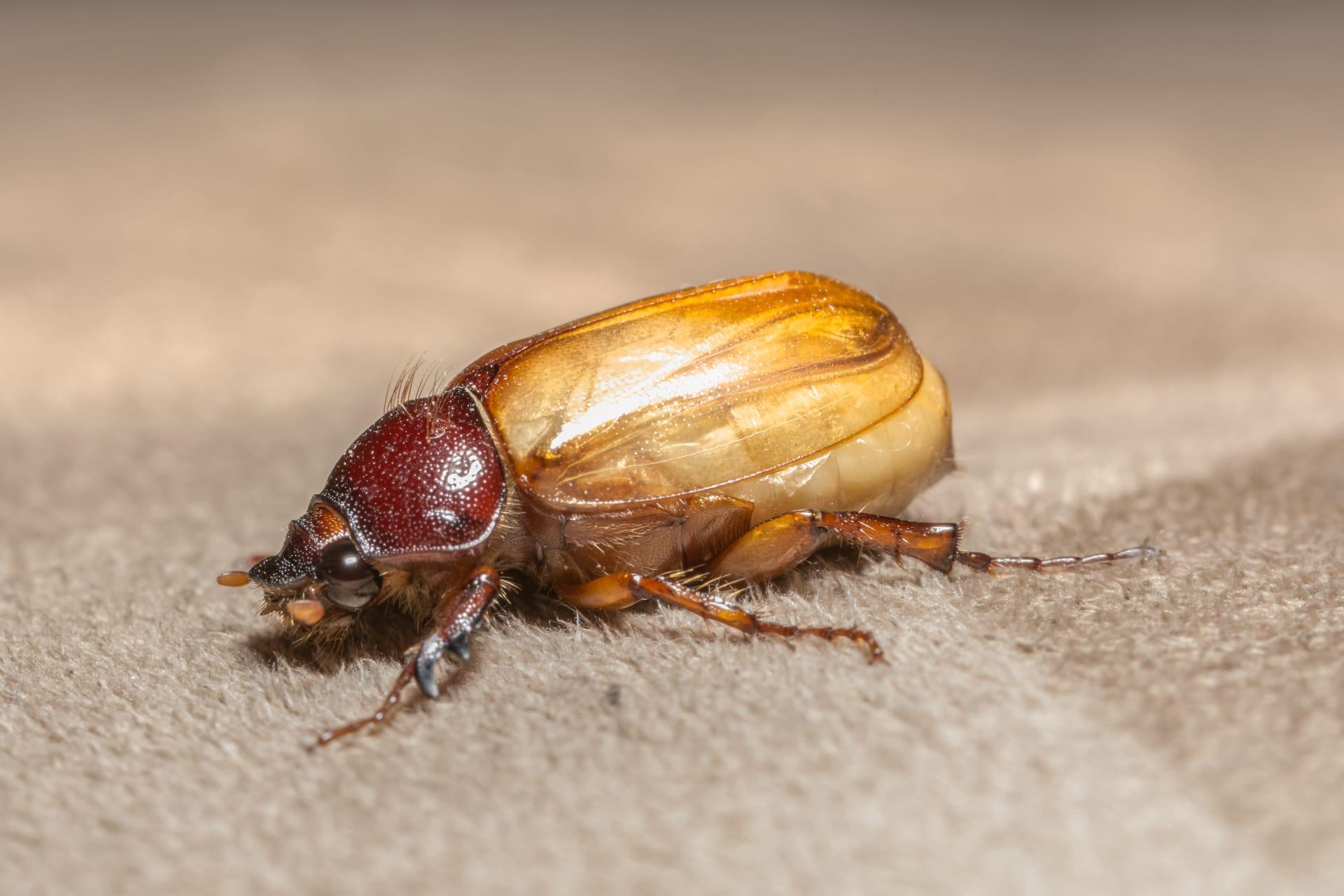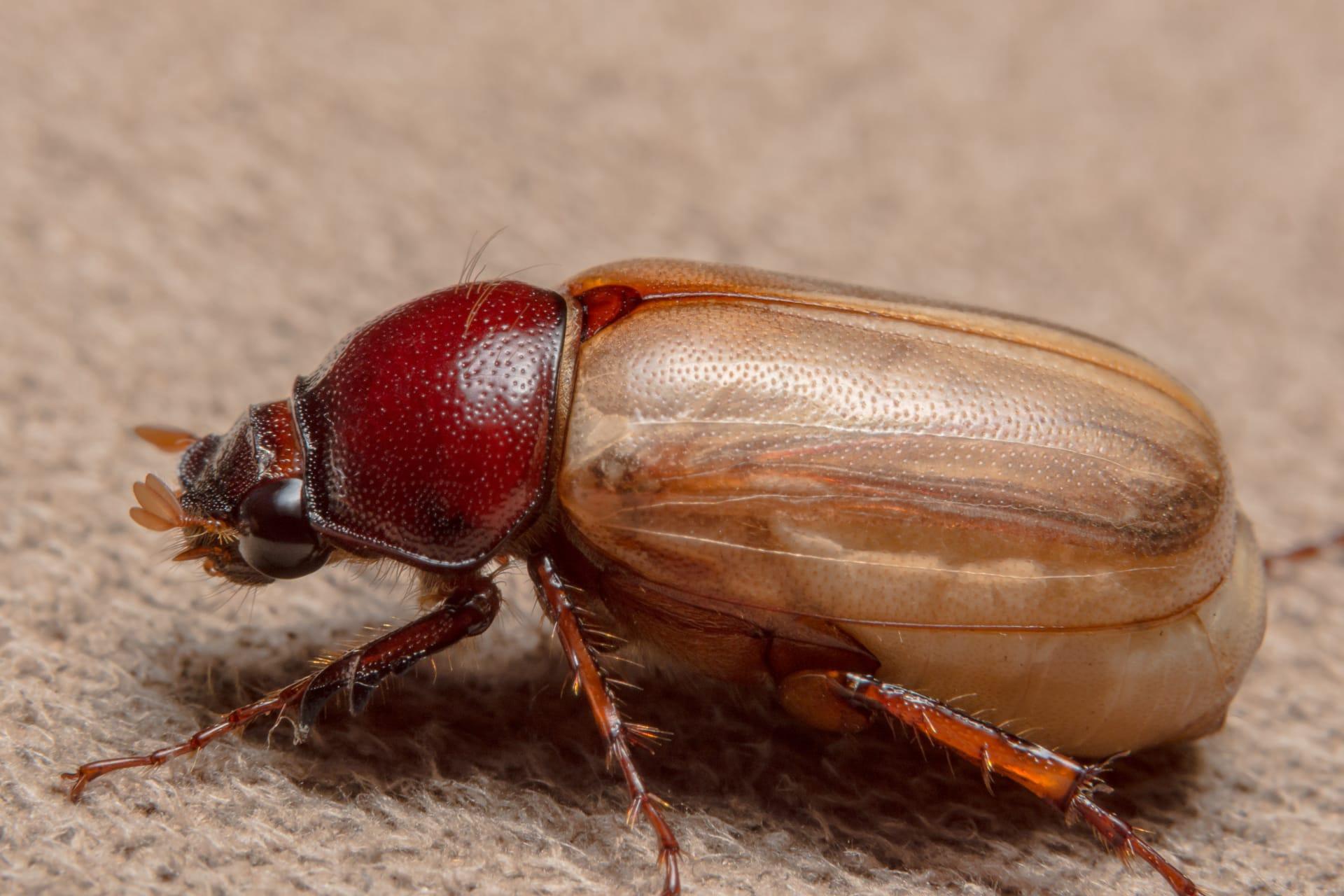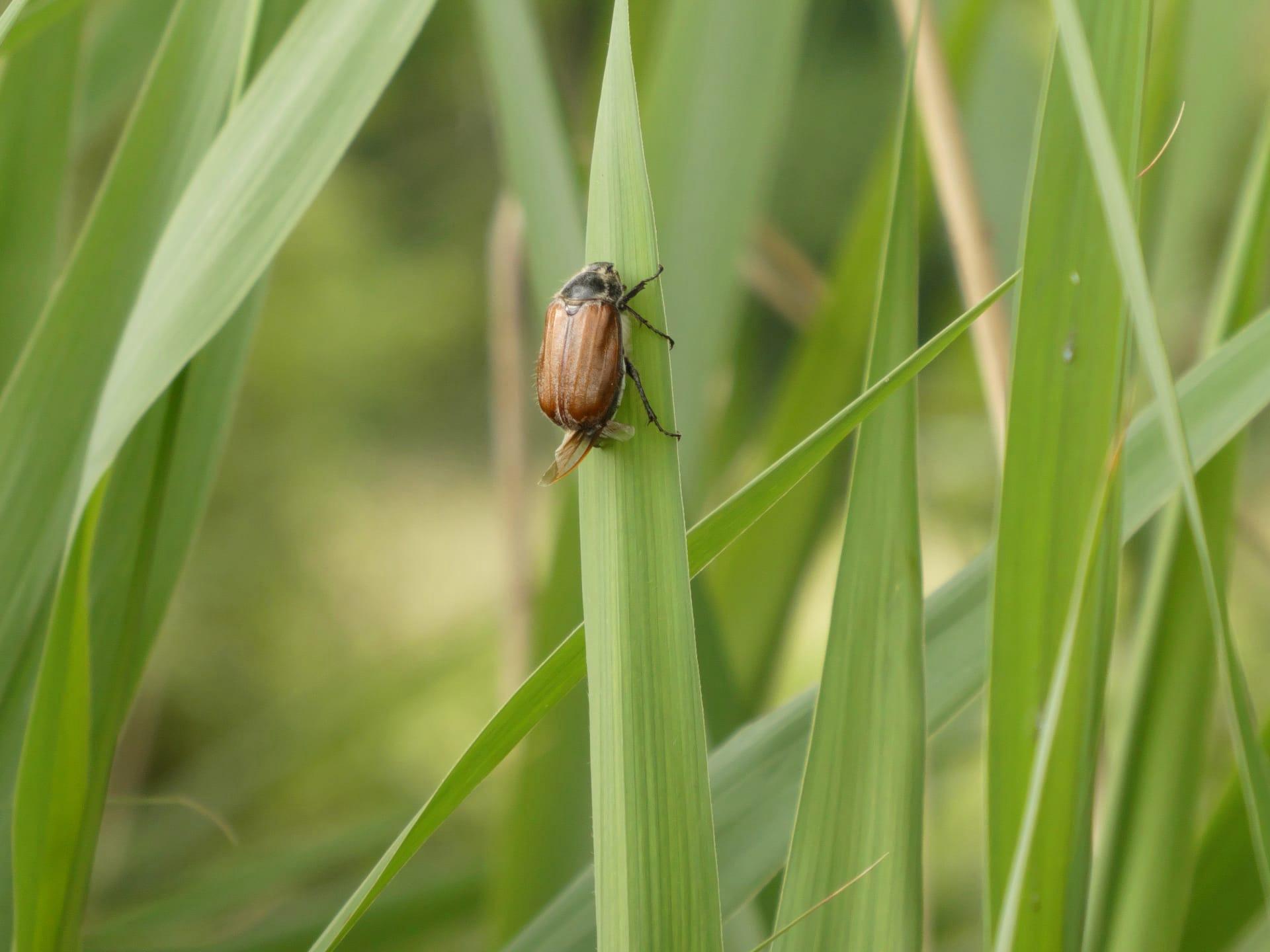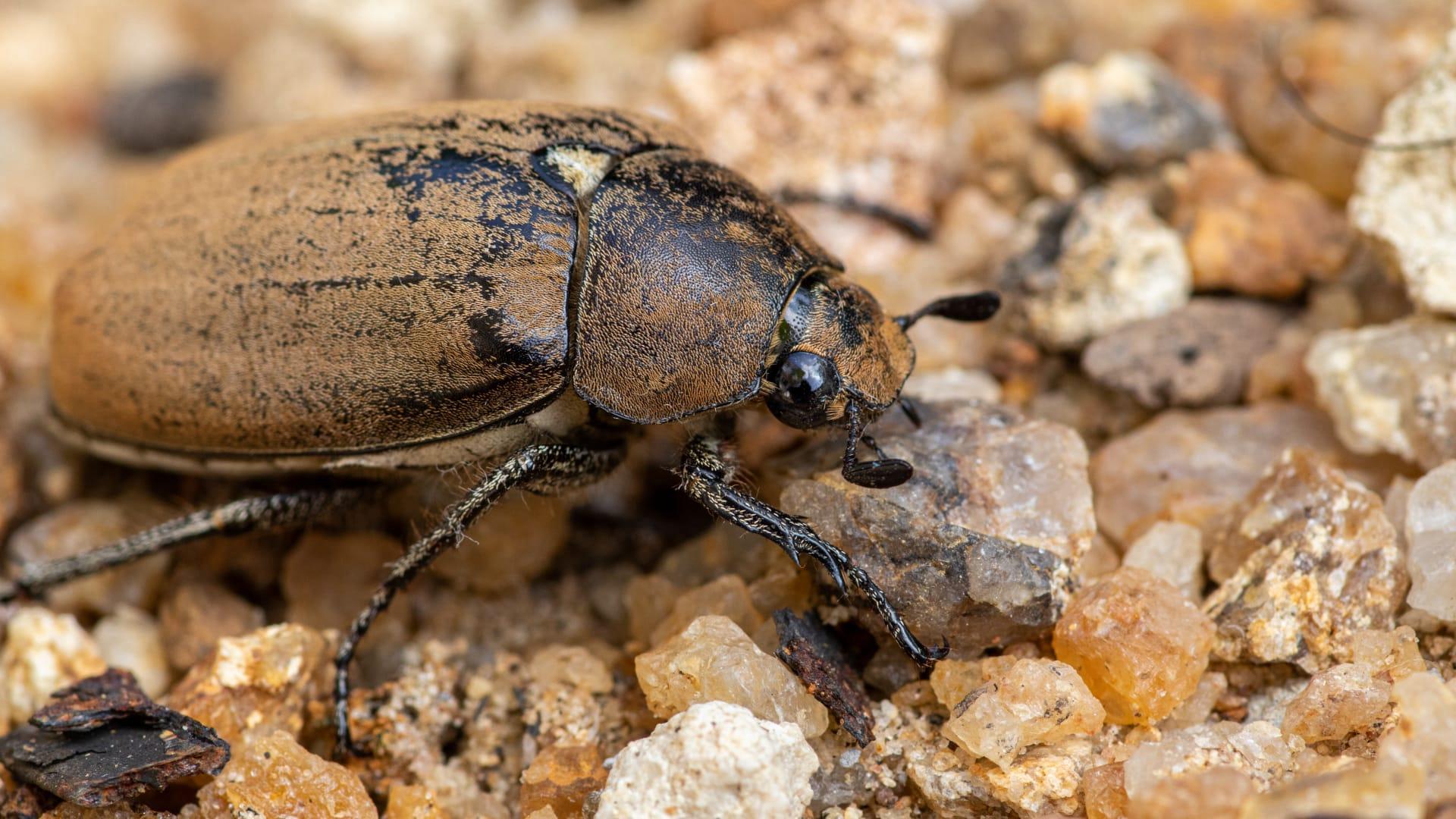June Beetle Characteristics
- Home /
- Mini Encyclopedia /
- Animal /
- June Beetle Characteristics
1
June Beetles, known for their emergence in the warm months, are a fascinating group in the beetle family. Typically, they measure about an inch in length, but this can vary slightly depending on the species. Their bodies are robust and oval-shaped, often adorned with a metallic sheen that ranges in color from green to brown. These beetles live approximately 2 to 3 years, a lifespan influenced by environmental conditions and predators.
One of the most remarkable features of June Beetles is their antennae. Unlike many other insects, their antennae are fan-shaped and highly sensitive, playing a crucial role in their navigation and ability to detect pheromones. These antennae consist of plates called lamellae, which they can fan out to sense their environment or retract when not in use. This adaptation is especially useful for locating mates and food sources.

2
Question: Why are June Beetles attracted to lights at night?
Answer: June Beetles are drawn to lights at night due to a phenomenon called positive phototaxis. This instinctual behavior compels them to move towards the light. The exact reason behind this attraction is not fully understood, but it's believed that artificial lights interfere with their natural navigation systems, which are typically guided by natural light sources like the moon and stars. The bright and concentrated lights of human habitations disorient them, causing them to fly towards these artificial sources.

3
June Beetles are known for their buzzing flight, which is a result of their strong, yet relatively clumsy, wing movements. They are not the most graceful flyers and often bump into objects. Their flight is powered by two sets of wings: the hard, outer wing cases known as elytra, and the more delicate, membranous wings underneath. These beetles are typically more active during the night.
As for their diet, June Beetles are predominantly herbivorous. The adult beetles feed on a variety of foliage, including leaves from trees and shrubs. They are particularly fond of deciduous trees and garden plants. The larvae, known as grubs, live underground and consume roots, causing significant damage to lawns and cultivated plants. Their feeding habits can be detrimental to agricultural and horticultural practices.

4
June Beetles thrive in a range of environments, but they are most commonly found in wooded areas, gardens, and fields. They prefer moist soil for laying eggs as it provides an ideal environment for the larvae to grow. Their presence is a common sign of the summer months in many regions, particularly in temperate climates.
Reproduction is a significant aspect of the June Beetle's life cycle. The female beetle lays eggs in the soil, which hatch into larvae. These grubs undergo several stages of development over 1 to 3 years, depending on the species and environmental conditions. After completing their growth underground, they emerge as adult beetles, ready to start the cycle anew. This process of metamorphosis from larva to adult is a key characteristic of their species.

5
Book: "The Secret Life of Beetles: Discovering the Mysteries of June Beetles" by Dr. Lisa Martin. Published in the United States in 2018, this book delves into the intriguing world of June Beetles. Dr. Martin, an entomologist, combines scientific research with engaging narratives to explore the life cycle, behavior, and ecological impact of these beetles.
Book: "Beetles of the Summer: A Journey with June Beetles" by Michael Andrews. Released in Canada in 2020, Andrews’ book offers a comprehensive look into the biology and habitat of June Beetles. The author, a seasoned naturalist, shares his personal experiences and observations, providing readers with a deeper understanding of these common yet fascinating insects.